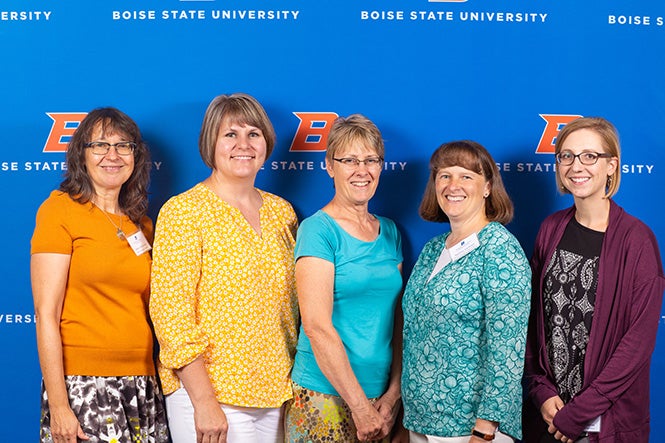Make an Impact
“Language teacher shortages exist in more than 44 U.S. states and the District of Columbia. The current demand for qualified language educators is paramount—making it a job-seeker’s market for new teachers across the country.”
Why Become a Language Teacher?

“Accompanying students on the journey from discovery to proficiency in a new language is incredibly rewarding. Whether introducing early childhood learners to unknown lands or discussing cultural complexities with high school students in a second language, teachers shape the ways in which their classes engage with the world around them. And knowing that highly sought-after candidates can be more selective, in certain instances districts have begun adding impressive bonuses, professional mentoring programs, and other hiring incentives to the package.
The language classroom is an exciting, dynamic place, filled with live interactions and collaboration—a far cry from the formal recitations and memorization of years gone by. World language students no longer have to board an airplane to speak with their peers a world away. Language teachers draw upon their digital savvy and an international network of colleagues to reach beyond the textbooks, integrating the latest technology into their lessons—including Skype, social media like Twitter, online pen-pal collaborations, blogs, and interactive message-board apps. And in many cases the language of the classroom is spoken right in the local community, providing additional access for students to interact in the language.
The best part? It’s never too late to make your dream a reality. Language educators come to the profession from countless backgrounds, each of which gives their classes a unique depth and perspective. Some teachers take a traditional route and receive their credentials upon graduating from college with a degree in education or in their target language. Others acquire teaching credentials after beginning their career in another field, or through the U.S. Department of Defense Troops to Teachers program.
Are you passionate about linguistics and world cultures? Do you want to make a difference by sharing your love of languages with young people? If your answer is “yes,” there are students in critical need of your expertise and drive. There is no time to waste: your path to becoming a language educator could begin as soon as today.”
— Excerpt from Lead with Languages Campaign
Advising Information
Course Sequence and Advising Sheets may be downloaded by both students and Spanish advisors for using in course planning and graduation requirements.